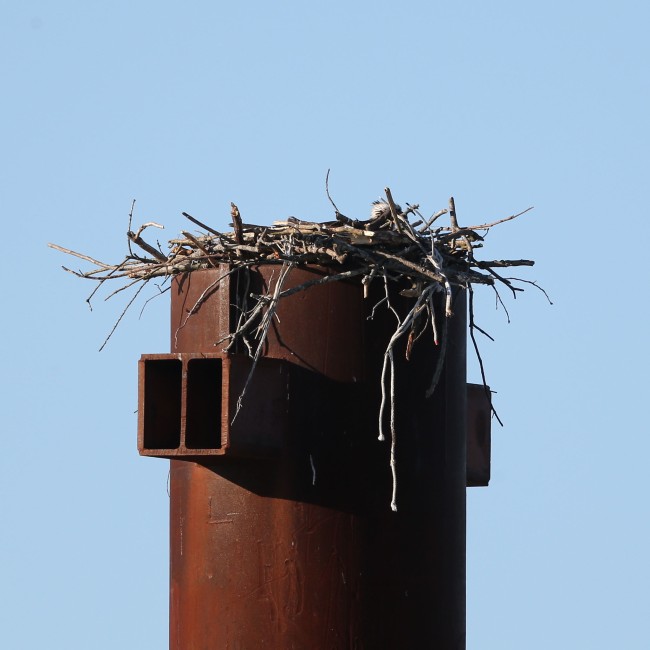It’s interesting, but one of the many coronavirus pandemic outcomes seems to be a renewed interest in nature. Just ask a Virginia birder who reports that trails she’s always had to herself are now congested. Or ask a Maryland birder who finds her usual “haunts” filled with too many people.
There are many possible reasons for this. But the one that most intrigues me is a yearning for something certain and unchanging. A yearning for the “one constant” mentioned in the Anne Frank Center tweet.
With that in mind, I made another journal entry: “Birds are still returning and pairing; they’re still nesting and breeding.” I continued: “Birds haven’t changed. Their instincts haven’t changed, the music they provide hasn’t changed, and the ways they grace our lives haven’t changed.”
Returning and Pairing
Click on the top left photo, and you can view the set of these unchanging “beacons of hope” carousel-style.





Nesting and Breeding
Below is a fun collage of some local songbirds gathering nest material. Thanks to Charlie Bruggermann for the Tufted Titmouse addition!

Clockwise from top left are a European Starling, a Blue Jay, Charlie’s titmouse (new common name?), and an American Robin. Common birds all. You’ll note that the jay and the robin are carrying scraps of human litter.
And here is a nearly completed Osprey nest. I described and posted earlier pictures of it in “The One Constant.” You can barely see the female’s head now as she’s hunkered down and incubating. All those copulation attempts finally paid off.

The Music
Now some of the music birds provide. You may need to crank up the volume as you listen.
This is a Northern Mockingbird that sang outside our Chesapeake, Virginia home a few mornings ago. Consider this mimic’s virtuosity and the sounds it could produce.
I promised in my last blog that I’d share a recording of both a male Green Heron advertising song (or call) and a rarely heard Green Heron male-female advertising duet. Here’s the advertising call, often described as a growl. Note there are 4 altogether and that they follow the honks.
And this is the duet. I’m reminded as I present it that female bird song is a new and promising area of research. The male, here, emits the growl, and the female gives the response—a response that resembles the high-pitched Green Heron skeow flight/alarm call. I love it and am amused that the female gets the last word.
For fun and comic relief and because I featured this species in 2 recent posts, here’s a small flock of traveling Laughing Gulls. We wish them breeding success.
Another Outcome
Speaking of music…here’s another pandemic outcome. Because we’re on lockdown and not moving around as much, the world is quieter and birds’ sounds are louder. This is making it easier for birds to communicate, but it’s also making it easier for us to notice them. Maybe, as we’re rediscovering nature, we’ll rediscover birds, as well.

Very well put together David.
LikeLike
Thank you. And thank you for taking the time to write.
LikeLike
So many interesting birds! Some I will never see where I live, some I know. The photographs are amazing.
I listened to birds songs and especially enjoy the duet.
LikeLike
Thanks so much, Kaya. I love the duet, too, and was really lucky and privileged to capture it.
LikeLike
Nature is reassuring and I do hope that the greater interest people are taking in it will make a difference to the way we behave once this is over.
LikeLike
Andrea, we all hope so. It’ll be so interesting to see how this all plays out.
LikeLiked by 1 person
Wow! Those Green Herons impressed me. As always, lovely photos!
LikeLike
Thanks so much, Bonnie. I’m crazy about those Green Herons, too. They’re a lot of fun to observe.
LikeLike